This article was medically reviewed by Sari Eitches, MBE, MD and by wikiHow staff writer, Jennifer Mueller, JD. Dr. Sari Eitches is an Integrative Internist who runs Tower Integrative Health and Wellness, based in Los Angeles, California. She specializes in plant-based nutrition, weight management, women's health, preventative medicine, and depression. She is a Diplomate of the American Board of Internal Medicine and the American Board of Integrative and Holistic Medicine. She received a BS from the University of California, Berkeley, an MD from SUNY Upstate Medical University, and an MBE from the University of Pennsylvania. She completed her residency at Lenox Hill Hospital in New York, NY and served as an attending internist at the University of Pennsylvania.
There are 16 references cited in this article, which can be found at the bottom of the page.
wikiHow marks an article as reader-approved once it receives enough positive feedback. In this case, several readers have written to tell us that this article was helpful to them, earning it our reader-approved status.
This article has been viewed 1,741,842 times.
If you suffer from migraines, you're all too familiar with the debilitating pain, nausea, and sensitivity they can cause. You know a migraine isn't just a typical headache, and it can't be treated like one. Fortunately, there are many drug-free treatments you can try to relieve the frequency and severity of migraines. If at-home treatments don't help, contact your doctor for other options.
Here are 11 science-backed ways to treat migraines.
Steps
Expert Q&A
Did you know you can get premium answers for this article?
Unlock premium answers by supporting wikiHow
-
QuestionCan a pediatric migraine be cured totally?
 Jennifer Boidy, RNJennifer Boidy is a Registered Nurse in Maryland. She received her Associate of Science in Nursing from Carroll Community College in 2012.
Jennifer Boidy, RNJennifer Boidy is a Registered Nurse in Maryland. She received her Associate of Science in Nursing from Carroll Community College in 2012.
Registered Nurse
-
QuestionWhat kind of diet will prevent migraine headaches?
 Jennifer Boidy, RNJennifer Boidy is a Registered Nurse in Maryland. She received her Associate of Science in Nursing from Carroll Community College in 2012.
Jennifer Boidy, RNJennifer Boidy is a Registered Nurse in Maryland. She received her Associate of Science in Nursing from Carroll Community College in 2012.
Registered Nurse A diet that sticks to foods that are not associated with headaches and avoids foods that are common triggers of migraines is a good way to try to prevent them. “Migraine Safe” foods include: rice, cooked green, orange, and yellow vegetables, cooked or dried non-citrus fruits, and certain condiments (modest amounts of salt, maple syrup, and vanilla extract). The “Dirty Dozen” to avoid are: dairy products, chocolate, eggs, citrus fruits, meats, wheat, nuts and peanuts, tomatoes, onions, corn, apples, and bananas. Beverages and additives to avoid include: alcoholic drinks, caffeinated drinks, monosodium gluconate, aspartame, and nitrates. Check out this website to learn more about determining what in your diet may be triggering migraines: http://www.pcrm.org/health/health-topics/a-natural-approach-to-migraines
A diet that sticks to foods that are not associated with headaches and avoids foods that are common triggers of migraines is a good way to try to prevent them. “Migraine Safe” foods include: rice, cooked green, orange, and yellow vegetables, cooked or dried non-citrus fruits, and certain condiments (modest amounts of salt, maple syrup, and vanilla extract). The “Dirty Dozen” to avoid are: dairy products, chocolate, eggs, citrus fruits, meats, wheat, nuts and peanuts, tomatoes, onions, corn, apples, and bananas. Beverages and additives to avoid include: alcoholic drinks, caffeinated drinks, monosodium gluconate, aspartame, and nitrates. Check out this website to learn more about determining what in your diet may be triggering migraines: http://www.pcrm.org/health/health-topics/a-natural-approach-to-migraines
Warnings
- Call emergency services immediately if you have a severe headache that comes on suddenly and feels like the worst headache of your life; a headache accompanied by a stiff neck, fever, confusion, seizures, weakness, or difficulty speaking; a headache after you injure your head; or a headache that gets worse if you move quickly, cough, or strain.[20]⧼thumbs_response⧽
References
- ↑ https://headaches.org/light-headache-disorders-understanding-light-triggers-photophobia/
- ↑ https://www.karger.com/Article/Abstract/335249
- ↑ https://www.takingcharge.csh.umn.edu/how-do-i-choose-and-use-essential-oils
- ↑ https://www.everydayhealth.com/headache-migraine/treatment/home-remedies-for-headaches-and-migraines/
- ↑ https://my.clevelandclinic.org/health/diseases/5005-migraine-headaches
- ↑ https://www.psychiatryinvestigation.org/journal/view.php?doi=10.30773/pi.2017.08.17
- ↑ https://my.clevelandclinic.org/health/diseases/5005-migraine-headaches
- ↑ https://headaches.org/does-caffeine-trigger-or-treat-headaches/
- ↑ https://my.clevelandclinic.org/health/diseases/5005-migraine-headaches
- ↑ https://my.clevelandclinic.org/health/diseases/5005-migraine-headaches
- ↑ https://www.drugs.com/npp/butterbur.html
- ↑ https://www.ncbi.nlm.nih.gov/pmc/articles/PMC4746941/
- ↑ https://pubmed.ncbi.nlm.nih.gov/16827629/
- ↑ https://www.massagetherapy.com/articles/self-massage-head-pain
- ↑ https://my.clevelandclinic.org/health/diseases/5005-migraine-headaches
- ↑ https://www.rxlist.com/migraine_medications/drugs-condition.htm
- ↑ https://migrainetrust.org/live-with-migraine/self-management/common-triggers/
- ↑ https://headacheaustralia.org.au/headache-management/personal-management/
- ↑ https://www.nhs.uk/conditions/migraine/causes/
- ↑ https://americanmigrainefoundation.org/resource-library/understanding-migraine-treatment-in-the-emergency-room/#:~:text=Severe%20Migraines%20Deserve%20an%20ER,e.g.%20light%20sensitivity%2C%20nausea).
About This Article
If you need to treat a migraine and over-the-counter pain relievers aren’t helping, find a quiet, dark place where you can relax. Try meditation or deep breathing exercises to help you relax, since stress and muscle tension can make your migraine worse. You can also try placing an ice pack or a warm compress on your forehead or at the base of your neck. If you get migraines regularly, you can ask for a prescription such as an ergot or triptan medication, which may alleviate your symptoms. Read on for tips from our medical reviewer on when to seek medical help, such as if you experience a headache combined with a stiff neck or seizures.
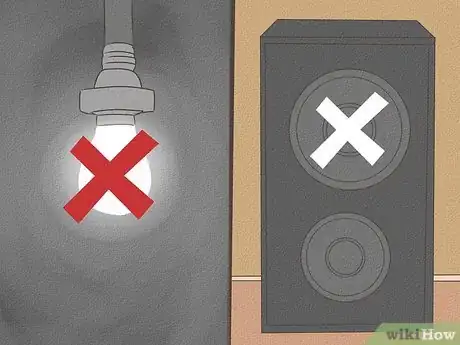
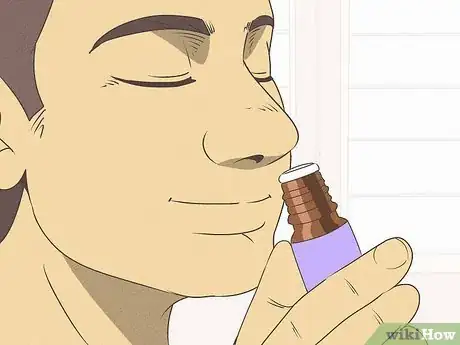
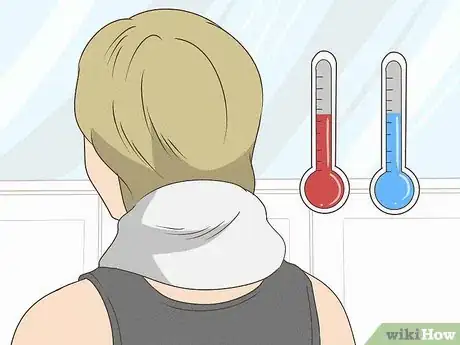

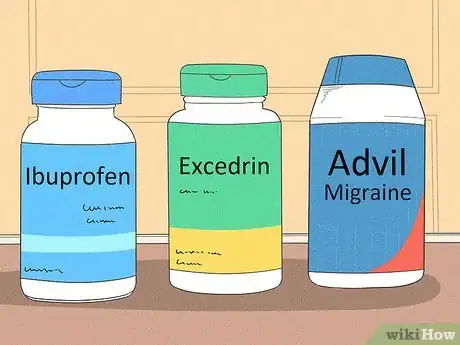

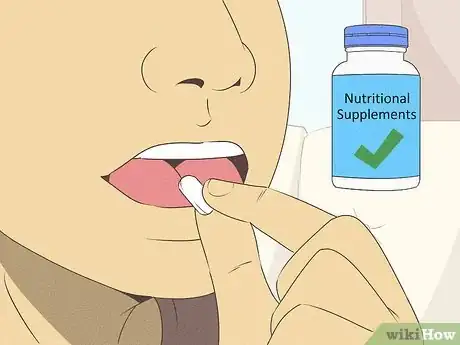
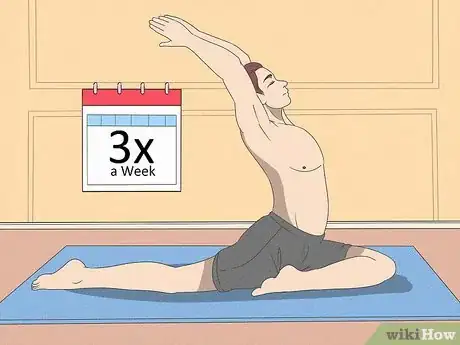
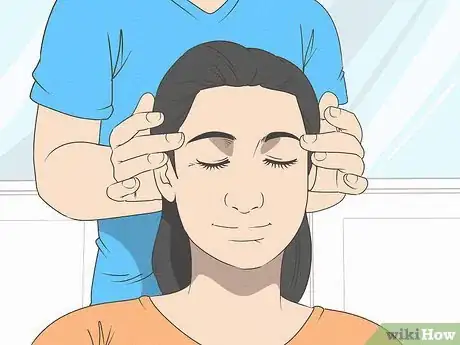
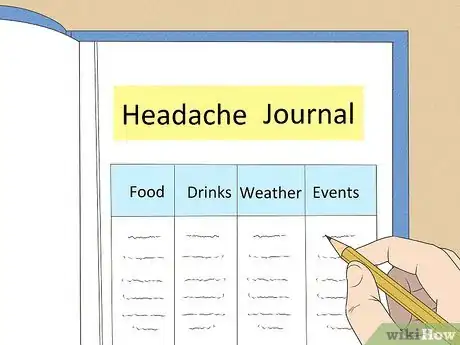

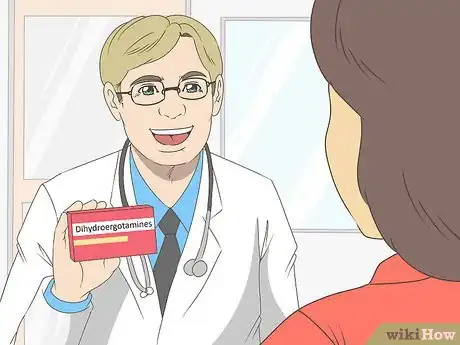
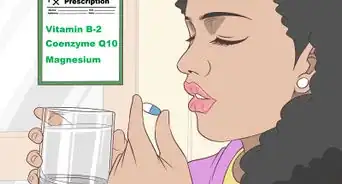
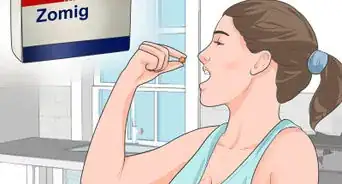


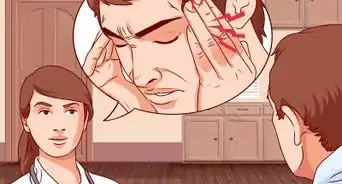
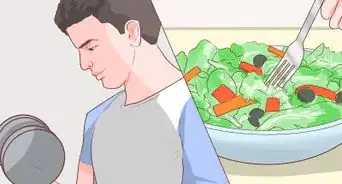

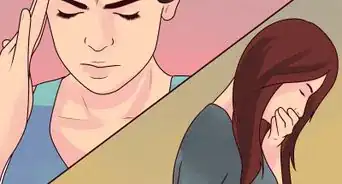

















































Medical Disclaimer
The content of this article is not intended to be a substitute for professional medical advice, examination, diagnosis, or treatment. You should always contact your doctor or other qualified healthcare professional before starting, changing, or stopping any kind of health treatment.
Read More...